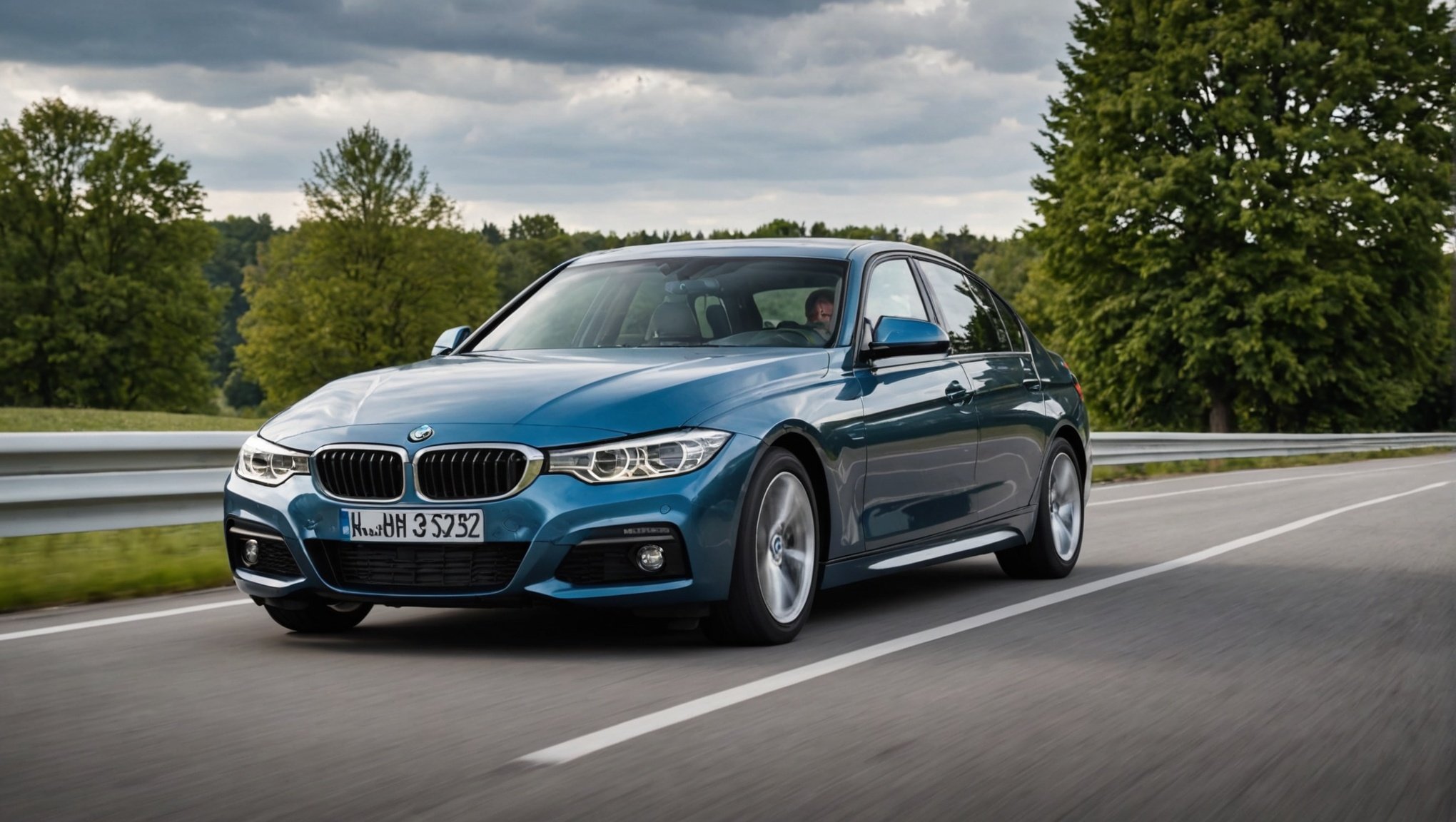Upgrading Your Classic BMW 3 Series: Is Retrofitting Adaptive Headlights Possible?
When it comes to upgrading your classic BMW 3 Series, one of the most significant and visually impactful modifications you can make is retrofitting adaptive headlights. These advanced lighting systems not only enhance the aesthetic appeal of your car but also significantly improve safety and driving experience. Here’s a comprehensive guide to help you understand the process, benefits, and challenges of retrofitting adaptive headlights on your classic BMW 3 Series.
Understanding Adaptive Headlights
Adaptive headlights are a cutting-edge technology that adjusts the beam pattern and intensity based on the driving conditions. This includes adjusting for oncoming traffic, road curvature, and weather conditions. For BMW enthusiasts, the F30 adaptive headlights are particularly popular due to their advanced features and sleek design.
Have you seen this : Transforming Your BMW 5 Series Audio Experience: Simple Upgrades for Maximum Impact
How Adaptive Headlights Work
Adaptive headlights typically use a combination of LED and xenon light sources, along with sophisticated electronics and sensors. Here’s a breakdown of how they work:
- Sensor Integration: These headlights are equipped with sensors that monitor the car’s speed, steering angle, and the presence of oncoming traffic.
- Beam Adjustment: Based on the data from the sensors, the headlights adjust the beam pattern to optimize visibility without dazzling other drivers.
- LED and Xenon Technology: The use of LED and xenon lights provides a brighter and more focused light output, enhancing visibility and reducing eye strain.
Is Retrofitting Adaptive Headlights Possible on a Classic BMW 3 Series?
Retrofitting adaptive headlights on a classic BMW 3 Series is indeed possible, but it requires careful planning, technical expertise, and the right components.
This might interest you : Ultimate Guide to Selecting the Perfect Car Cover for Your Ferrari 488: Shielding Against the Elements
Components Needed
To retrofit adaptive headlights, you will need the following components:
- Headlight Assemblies: Specifically designed for your BMW model, these assemblies include the LED and xenon light sources, reflectors, and lens.
- Electronic Control Units: These units manage the adaptive functions, integrating data from various sensors.
- Sensors and Wiring: Additional sensors and wiring are required to connect the headlights to the car’s electrical system.
- Mounting Hardware: Custom mounting hardware may be necessary to fit the new headlight assemblies into your classic BMW.
Here is a detailed list of what you might need:
- BMW F30 Adaptive Headlights Retrofit Kit:
- Headlight assemblies with LED and xenon lights
- Electronic control units
- Sensors (e.g., steering angle sensor, speed sensor)
- Wiring and connectors
- Mounting hardware (brackets, screws, etc.)
- Installation manual or professional installation service[1].
Benefits of Retrofitting Adaptive Headlights
Retrofitting adaptive headlights offers several benefits that can significantly enhance your driving experience.
Enhanced Safety
Adaptive headlights provide better visibility and reduce the risk of accidents by adjusting the light beam to avoid dazzling oncoming traffic. Here’s what a satisfied owner had to say:
“Since I retrofitted the adaptive headlights on my BMW 3 Series, I’ve noticed a significant improvement in visibility, especially during nighttime driving. The adaptive feature ensures that the light is always where I need it, without blinding other drivers.” – BMW Enthusiast
Aesthetic Appeal
Adaptive headlights can give your classic BMW a modern and sleek look, making it stand out on the road. The LED and xenon lights provide a crisp, white light that is both stylish and functional.
Improved Driving Experience
The adaptive feature ensures that the light beam is always optimized for the driving conditions, reducing eye strain and improving overall visibility.
Challenges and Considerations
While retrofitting adaptive headlights can be highly rewarding, there are several challenges and considerations to keep in mind.
Technical Complexity
The installation process is complex and requires a good understanding of automotive electronics and wiring. Here is a quote from a professional installer:
“Retrofitting adaptive headlights is not a DIY project for the faint of heart. It requires precise wiring, sensor integration, and sometimes custom fabrication to ensure everything fits and works correctly.” – Automotive Electrician
Cost
The cost of retrofitting adaptive headlights can be substantial, especially if you opt for high-quality components and professional installation.
Compatibility Issues
Ensuring that the new headlight assemblies are compatible with your classic BMW’s electrical system and bodywork is crucial. Here’s a comparison table to help you understand the compatibility:
| Component | Compatibility Considerations |
|---|---|
| Headlight Assemblies | Ensure the assemblies fit the existing headlight mounts and are compatible with the car’s electrical system. |
| Electronic Control Units | Must be compatible with the car’s CAN bus system and other electronic components. |
| Sensors and Wiring | Sensors must be integrated with the car’s existing sensor network, and wiring must be compatible with the car’s electrical system. |
| Mounting Hardware | Custom brackets or modifications may be needed to fit the new headlight assemblies. |
Practical Insights and Actionable Advice
If you are considering retrofitting adaptive headlights on your classic BMW 3 Series, here are some practical insights and actionable advice:
Choose the Right Components
Ensure that you purchase components specifically designed for your BMW model. Here is an example of what you might look for:
- BMW F30 Adaptive Headlights Retrofit Kit: This kit is designed to fit the F30 model but can be adapted to other classic BMW 3 Series models with the right modifications[1].
Seek Professional Help
Given the technical complexity of the installation, it is highly recommended to seek the help of a professional automotive electrician or a reputable car modification shop.
Plan for Additional Costs
Besides the cost of the components, plan for additional costs such as labor, potential modifications to the car’s bodywork, and any necessary testing and calibration.
Retrofitting adaptive headlights on your classic BMW 3 Series is a significant upgrade that can enhance both the safety and aesthetic appeal of your car. While it presents several challenges, with the right components, technical expertise, and planning, it can be a highly rewarding project.
Final Thoughts
As one enthusiast noted:
“Retrofitting adaptive headlights was one of the best decisions I made for my classic BMW. It not only looks amazing but also provides a level of safety and driving comfort that I never thought possible with an older car.” – BMW Enthusiast
If you are passionate about your BMW and want to bring it up to modern standards, retrofitting adaptive headlights is definitely worth considering. Just remember to approach the project with careful planning, the right resources, and possibly professional help to ensure a successful and satisfying upgrade.











